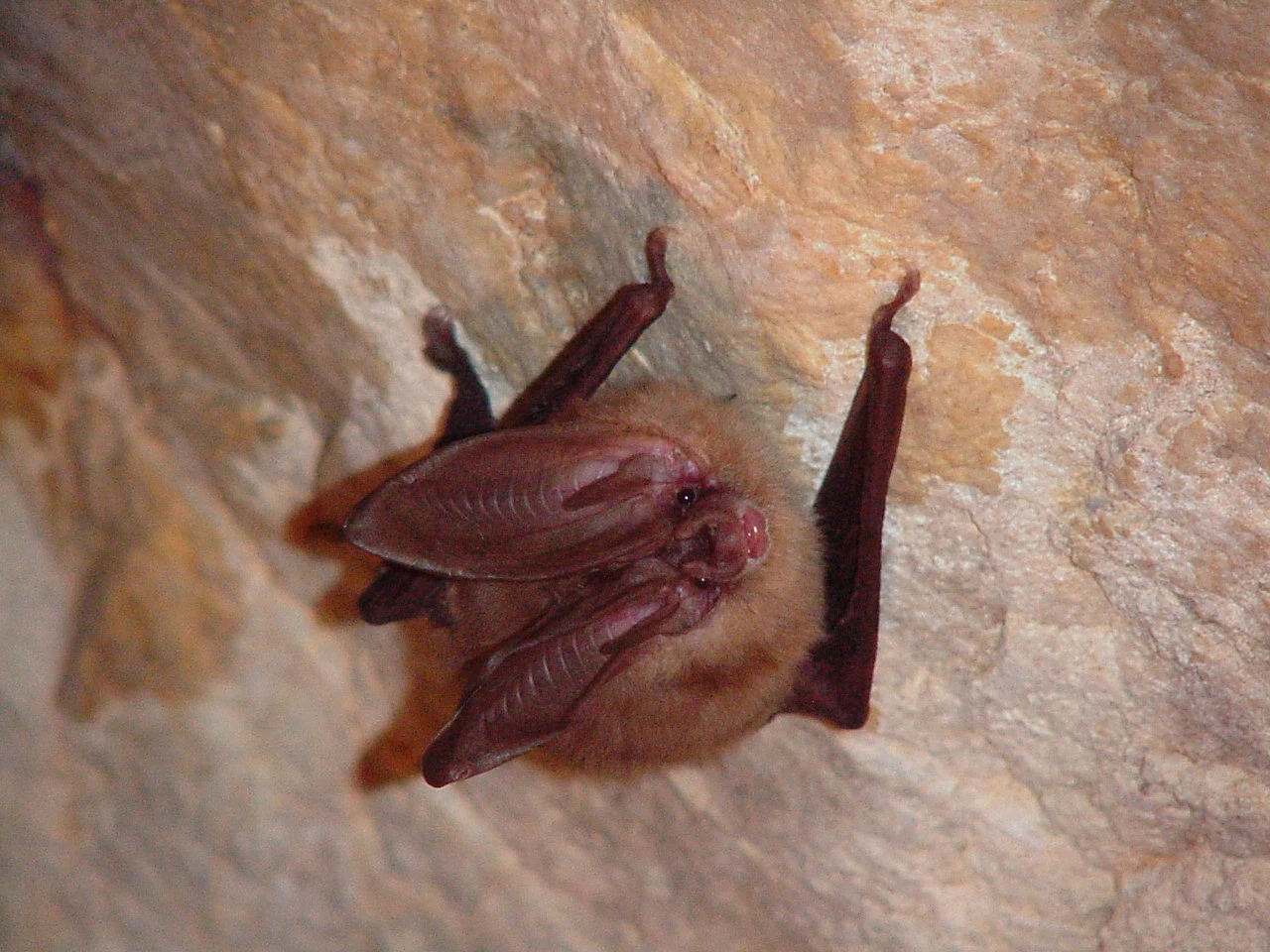Last updated: November 14, 2022
Article
Bat Research in Rocky Mountain National Park

NPS

NA Bat Database
Where Research Occurs
Bat research in RMNP occurs within larger cells defined as part of the NA Bat Program which utilizes bat observations and data collected across the country to determine population trends. The park is represented within 16 10x10 km cells. Surveys occur at front country sites like Holzwarth Historic Site and Moraine Park, where bats are known to inhabit park buildings. Siemers also conducts surveys in a variety of habitats and at different elevations to better understand bat distribution throughout the park.

NPS Photo
Tools for Bat Research
Acoustic monitoring
Acoustic monitors assess bat diversity and assemblages at the landscape level within RMNP and directly adjacent areas. By using non-invasive techniques, Siemers can provide the park and scientific community with a clearer picture of the diversity and abundance of bats without interrupting their natural behaviors and activities. Since 2018, acoustic monitors confirmed the long-suspected presence of four new bat species in the park: the Fringed myotis, big brown bat, hoary bat, and Townsend’s big-eared bat.
Mist netting and harp trapping
Mist nets and harp traps are used to capture bats, allowing the research team to verify species against acoustic monitor identification and to sample for white-nose syndrome (WNS) within the park. To do this, Siemers and his team use cotton tipped swabs to sample the wings and noses of captured bats. Swabs are then sent to a lab and tested for Pd, the fungus that causes WNS.

NPS Photo
Infra-red video surveys
Infra-red videos are used to count bats emerging from roost sites and provide an estimate of bat abundance at these locations. In 2021, video emergence counts occurred near buildings and adjacent bat boxes where maternity colony roosts are identified. Emergence counts ranged from 30 – 100 individuals. Bat abundance information will ultimately help to inform park management decisions.
Bat research in RMNP is ongoing. To explore preliminary results of bat distribution and diversity in the park, visit the NA Bat database here: North American Bat Monitoring Program (NABat) (usgs.gov)
